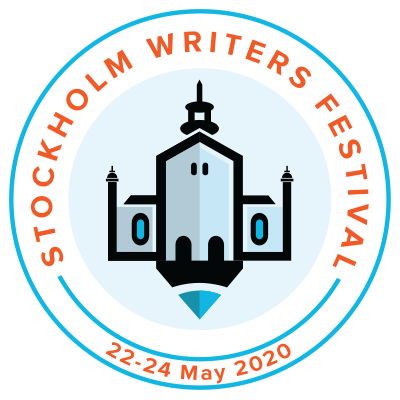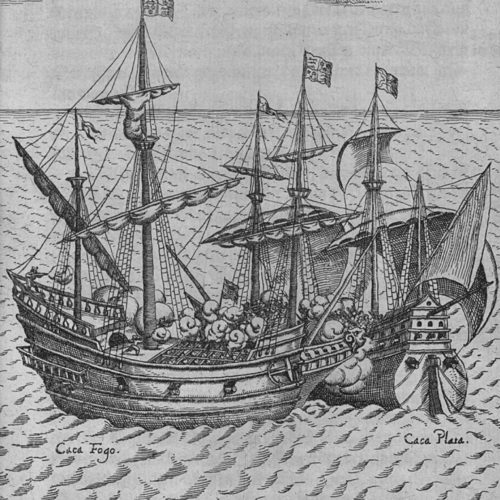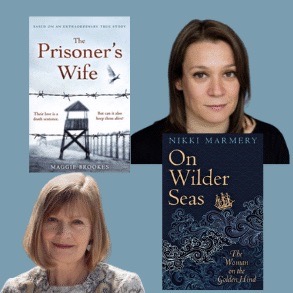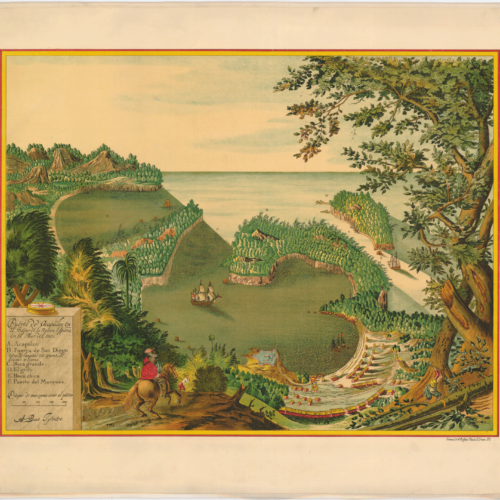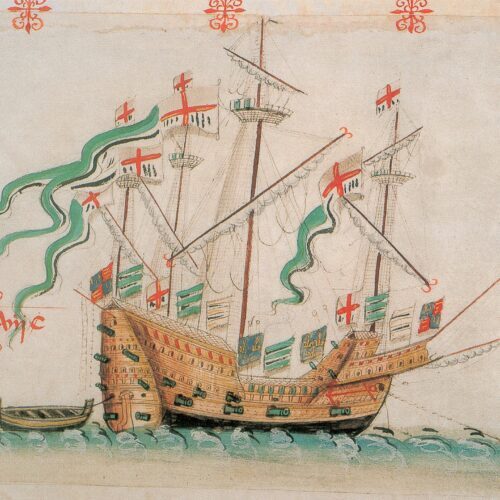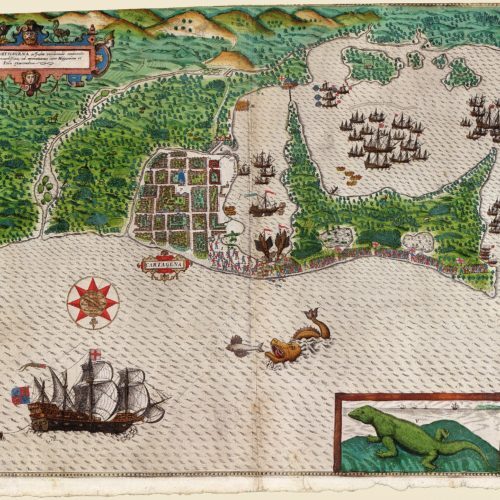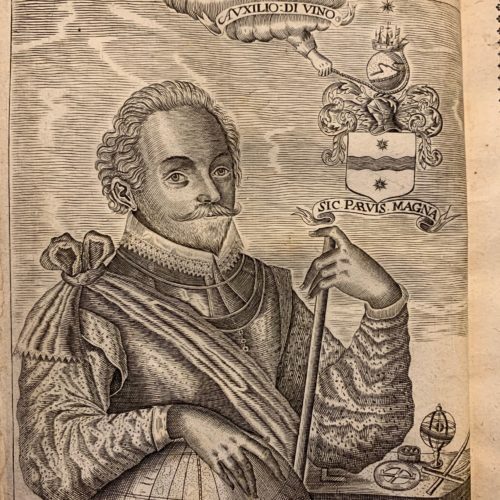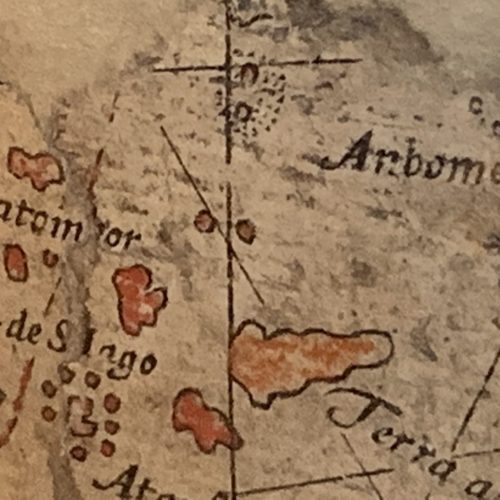Press & Events
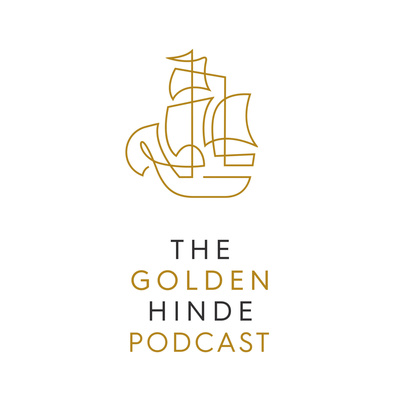
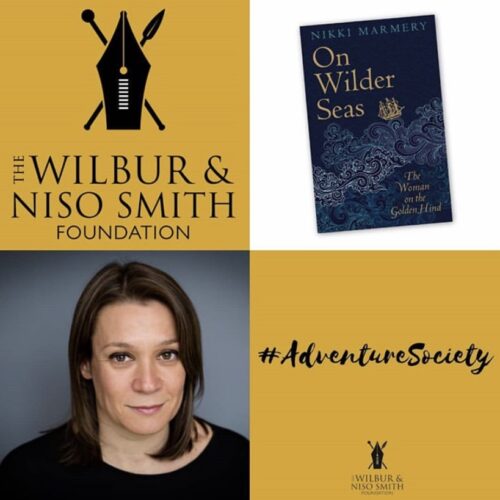
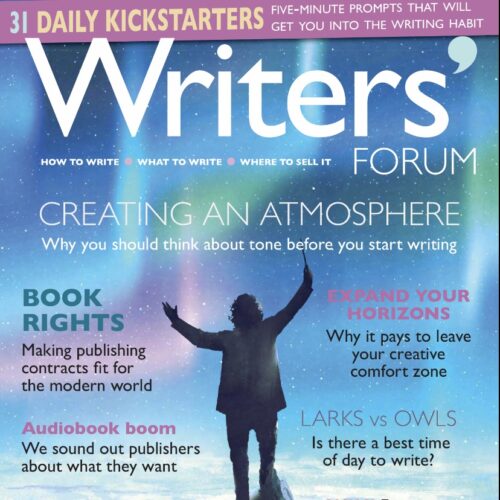
When my children were small, I had one day a week for writing, and could only write at the British Library, where it is wonderfully quiet, the chairs are comfortable, and a rare edition of a crucial 16th-century text is only ever 40 minutes away. Now they’re at school and my mind is my own again, I can write anywhere.
I use Scrivener, which keeps research and drafts in one place. It syncs between laptop and phone, so I jot down fragments of sentences on dog walks, research on trains and in queues, and write wherever inspiration strikes.
I have a writing room but it’s often too messy to write in. My desk is the epicentre: where I keep all the books, printouts, edits and anything else I’m working on. From there I work throughout the house during the day and on field trips to coffee shops.
My writing room used to the dining room. I annexed it about two years ago, when everyone was out. With three boys our mealtimes were far from a ‘dining’ experience, so we now eat in the kitchen off a wipe-clean tablecloth. I’ve spent much of the past 12 years either pregnant or looking after small children. It’s hard to maintain a sense of self during those years. My room helps me reassert who I am. It’s where I do what matters to me, not in service of my family.
I don’t like anyone going in there. The mess is carefully curated, Luckily the door screeches if anyone opens it, acting as an early warning signal. The window looks out on to the garden. We live in a rural village so there are often muntjac to look at, or pheasants, or my dog Brearley, barking at muntjacs and pheasants.
The most unusual thing in the room is my desk. I write historical fiction and am hugely drawn to historical ‘stuff’. The desk was my dad’s. Everyone else hated it, so years ago, when I bought my first flat, the desk came with me.
It was only after I wrote my novel On Wilder Seas that my dad told me it had originally belonged to his grandfather Sydney, a 19th-century sea captain – and circumnavigator. He hadn’t mentioned this before, even though I’d spent the past seven years writing a book about Sir Francis Drake.
Sydney’s diary of his voyage around Cape Horn is eerily similar to the diary of Francis Fletcher, chaplain on the Golden Hind, who documented the same voyage 300 years earlier. They discuss the same flying fish, petrels and ‘molly auks’.
Why was I do drawn to this story? Was it in my blood – or in my desk?
Now I keep Sydney’s photo on view as a reminder of what Dirk Gently called the interconnectedness of all things.
Most of my years of research is on the laptop, but I’ve lots of secondhand books, postcards from research trips, and a replica model of the Golden Hind. I keep a copy of the map that Drake consults in my novel above my desk, for reference and because I love old maps – especially with mistakes on them. This map shows Australia and Antarctica as one massive landmass, Terra Australis Nondum Cognita – the Southern Land Not Yet Known – which plays a part in my novel. It also shows the mythical island of ‘Brasil’ off the southwest coast of Ireland. The island appeared on maps well into the 19th century, when it finally became clear that it didn’t actually exist.
Having a writing room says: ‘This is what I do.’ It’s somewhere to keep books, maps, latest drafts. It provides a physical location for what can be an abstract notion. If you’re thinking in your writing room, it’s clear to any passing observer that you are in fact doing the important work of ‘writing’ and are absolutely not available to unload the dishwasher.
This article first appeared in the March 2020 issue of Writers Forum
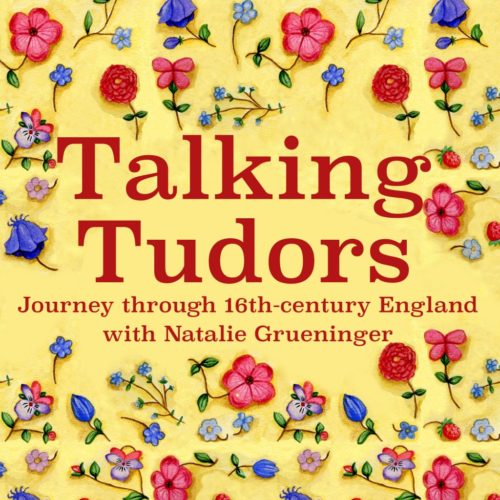
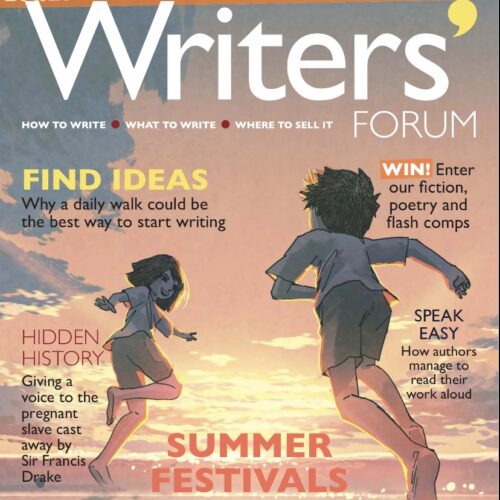
Pregnancy focuses the mind on the unique vulnerability of pregnant women, so perhaps this is why I found myself haunted by Maria’s story: a woman alone among men in the extreme environment of a tiny Elizabethan exploration ship, who was ultimately abandoned, just before the ordeal of childbirth, on a waterless desert island.
I wanted to know everything about her. Where had she come from? How did she end up in this situation? How did it feel to sail into the unknown; to cross the Pacific – heavily pregnant? What happened to her after she was abandoned?
But the facts of her life are so scarce. Maria is not mentioned at all in the earliest published accounts of the voyage. All we know for sure is that she joined the Golden Hind on April 4, 1579 from a Spanish merchant ship off the coast of Guatemala, and that she was abandoned nine months later near the Indonesian island of Sulawesi.
With so little to go on, my investigation started more as a crusade of curiosity than a writing project. No historian had written in any detail about Maria. Miranda Kaufmann later published an excellent book, Black Tudors, which discusses her – but more often in histories of Drake, she was unnamed or erased altogether. I realised that if I wanted to know more about the possibilities of Maria’s life, I would have to investigate myself.
I knew the original manuscripts of Drake’s voyage are kept at the British Library. But it never occurred to me that I could read them myself – until friends took me on a tour of the library for my birthday.
This was a turning point. After having read about Maria for so long, to see the handwritten testament of someone who knew her was incredibly moving. The browned and barely legible manuscript has pinprick holes where sparks from a candle have burned the parchment. Marks are drawn in the margin to emphasise key passages. At one point, the author names the island where Maria was abandoned after her – hugely suggestive in terms of understanding how Drake viewed Maria – before crossing it out and deciding on ‘ye Ile of crabs’. This gave me the idea to have the ship’s chaplain, Francis Fletcher, rename the island after the woman abandoned there and mark its coordinates in my novel, in a belated attempt to record her name and location.
Something magical happens when you connect to material items that are linked to your story; inspiration strikes that would not otherwise reach you.
One of the reasons I wanted to write this book was to counter the way Maria is described in the historical record. She is objectified and dehumanised by every man who has written about her: from the two surviving eye-witness accounts, to 17th century historians such as William Camden – via William Shakespeare, who may have been inspired by her story when he wrote of the witch Sycorax, an African woman who was abandoned pregnant on a desert island in The Tempest – all the way through to modern historians.
I wanted to imagine what Maria would say about herself – but examples of women’s voices from the 16th century are vanishingly rare. So I was delighted to discover the book Afro-Latino Voices , which reproduces the archival records of African women in the New World – crucially, in their own words.
Here I found bold and clever women who acted with creativity and agency; affluent women who had freed themselves from slavery, built businesses and made their fortunes; wily women fighting accusations of witchcraft; canny women using Spanish law to protect themselves against abusive husbands or to avoid being separated from enslaved spouses. These women showed me that authentic women’s voices from the 16th century New World could be active and fearless, bold and resourceful, without fear of anachronism.
Another book that helped me construct Maria’s voice was Dangerous Speech: A Social History of Blasphemy in Colonial Mexico, by Javier Villa-Flores. Here I learned how slaves used blasphemy as a strategy of resistance to fight their oppression. By renouncing God, and denouncing themselves, a slave might invoke intervention by the Holy Office, which had the authority to remove a slave from an excessively abusive slave-owner. By threatening to blaspheme before a master inflicted punishment, enslaved people practised a form of ‘moral bribery’, by holding the master accountable for the sin of blasphemy.
In my novel, Maria recounts how she has used this strategy herself – and relies on the shocking power of blasphemy to distract Drake in a later scene. The language she uses to minimise her punishment: “I am an ignorant woman without judgment,” is taken from the utterances of real women.
One of the many rabbit holes I fell into researching my novel was the history of rice agriculture in West Africa and the Americas. Judith Carney’s Black Rice: The African Origins of Rice Cultivation in the Americas is a fantastic resource on this subject. In justifying slavery, Europeans claimed Africans were uncivilised and primitive. But rice had been cultivated in West Africa for over 2000 years – and wetland rice farming is particularly sophisticated and complex. Enslaved Africans brought these techniques – unknown to European farmers – with them. In West Africa, rice cultivation was women’s work, and so it was in the New World too: it was through the expertise of enslaved women that rice was introduced to the Americas.
I wanted to honour this history so I included scenes of rice preparation and production in my novel. For Maria and her grandmother, it brings them out of the hold of the slave ship, and into the (relative) safety of the open deck. I borrowed for Maria a myth – or perhaps a folk memory – that Carney reports appearing throughout the Americas: that rice was brought to the New World by an enslaved woman who hid grains from her homeland in her hair.
My novel unfolds against the backdrop of an enduring mystery of Drake’s circumnavigation voyage: where was his colony, Nova Albion? Drake and his crew lived there for five weeks in the summer of 1579. But when Drake returned home in September 1580, details of his American exploration were suppressed. The Queen did not want the Spaniards to know how far north he had sailed – nor that he was seeking the Northwest Passage, which would give the English a shortcut to the vast riches of Spain’s Pacific-coast New World colonies.
An account of Drake’s voyage did not appear in print until 1589, in Hakluyt’s Principall Navigations . Here, and in all subsequent published accounts, Nova Albion is located at 38˚N (California). Yet two eye-witness accounts of the voyage, and other unpublished maps and globes suggest it was much further north: at 44-48˚N – between Oregon and Vancouver Island.
In exploring this mystery, I fell down the deepest research rabbit hole of all. I visited both surviving Molyneux globes – the first terrestrial globes made in England, by Emery Molyneux, who had sailed with Drake. This quest took me to Middle Temple Hall, where a 1603 version of the globe survives, and to Petworth House in West Sussex, to find the sole surviving edition of the original globe made in 1592. I discovered that secondary sources that discuss the globes are misleading: they claim there are few differences between the two models. But the 1592 globe shows Nova Albion at 46˚N, while the 1603 globe shows it further north at 48˚N, with a redrawn coastline. This is hugely significant. Molyneux had made changes to his globe to receive royal sanction for publication in 1592. But the 1603 globe was made in Amsterdam – not London – thus free from interference. This discovery, in addition to other unpublished 16th century maps, all showing Nova Albion above the 40th parallel north, gave me the confidence to set Nova Albion in my novel on Vancouver Island, rather than California. It also offered me the freedom to fictionalise more fully what happened there, which led to my suggestion of a far more shocking end to the colony than the sources suggest.
